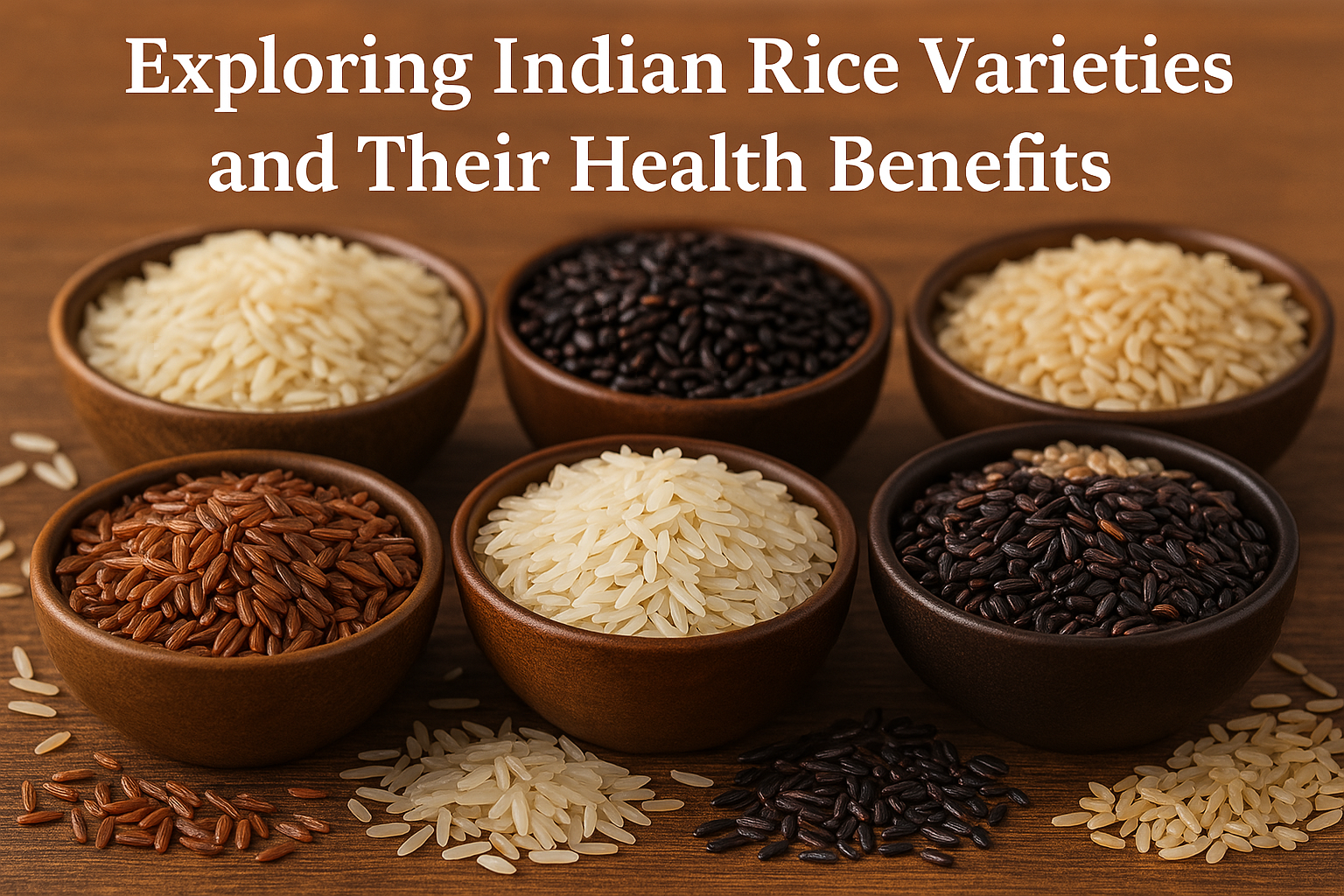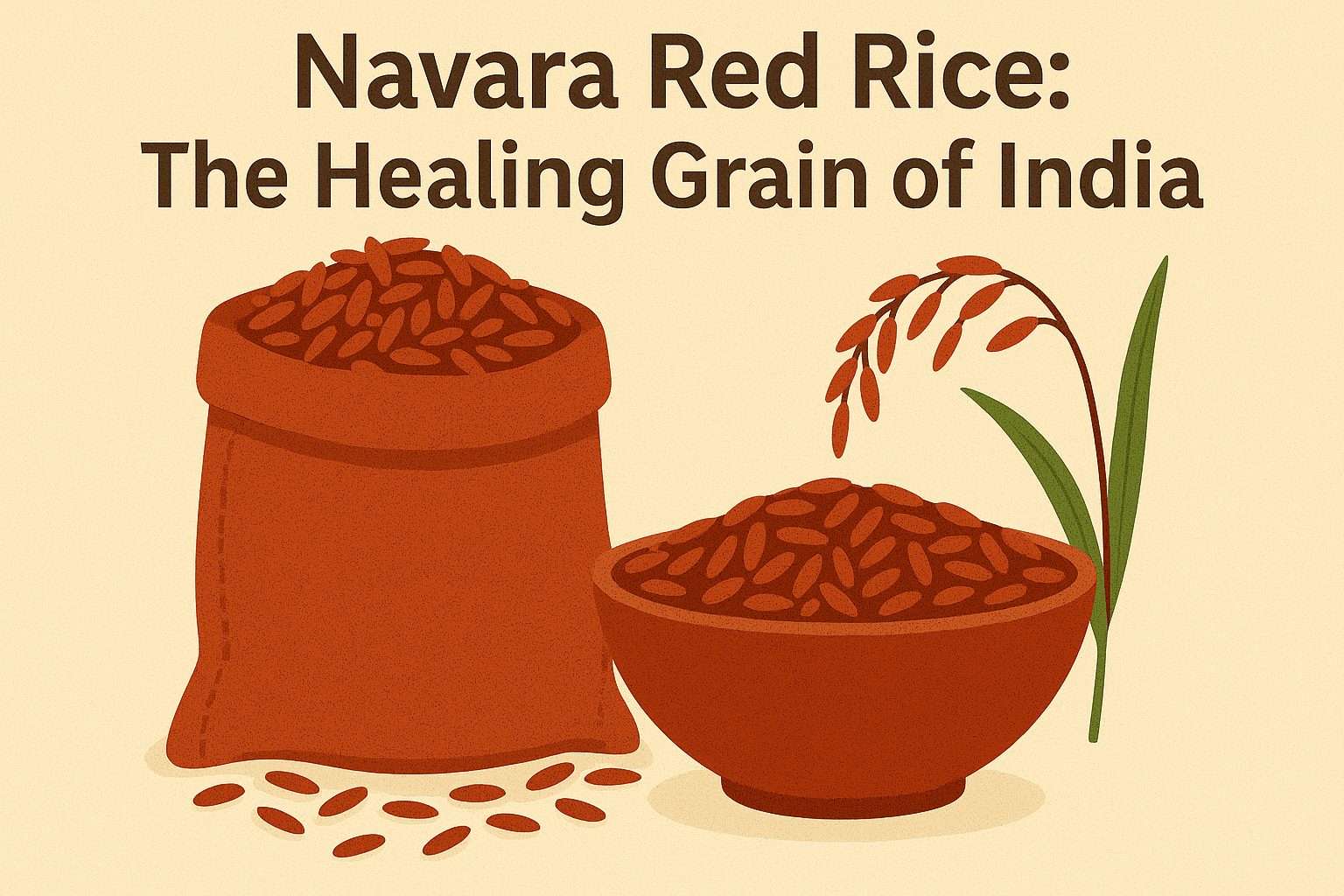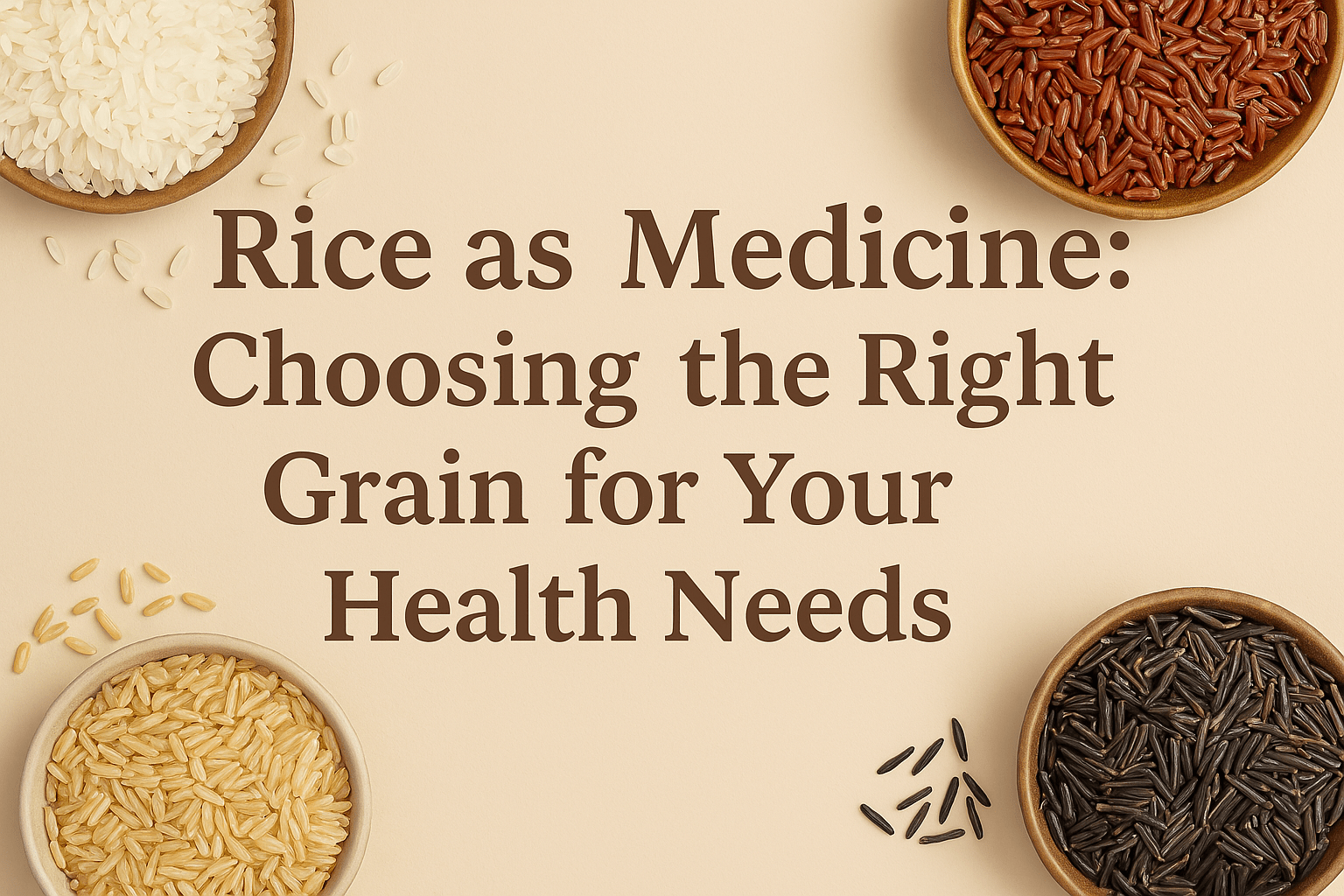In our fast-paced world, where convenience often precedes sustainability, it’s easy to overlook the hidden gems. One such treasure is the humble orange peel- a vibrant, aromatic by-product, usually discarded without a second thought. From cleaning and beauty to gardening and beyond, orange peels offer eco-friendly solutions that are both practical and sustainable. Dhanush Kumar takes you on a journey of discovery as we unveil five unexpected uses of orange peels that no one told you about.
Top 5 Unexpected Uses of Orange
1. Natural Cleaning Marvel

Tired of harsh chemical cleaners that leave behind lingering fumes and potentially harmful residues? Look no further than the humble orange peel. These citrus wonders are packed with D-limonene, a natural solvent that can tackle even the toughest grime and grease. Simply collect dried orange peels, grind them into a fine powder, and sprinkle them onto surfaces like sinks, countertops, or oven interiors. Let the powder sit for a few minutes, then scrub with a damp cloth or sponge. You will be amazed to see the surfaces sparkling clean without the need for harsh chemicals.
2. Radiant Beauty Booster

Who knew the secret to glowing skin could be found in your fruit bowl? Orange peels are rich in Vitamin C, a potent antioxidant that can work wonders for your beauty routine. Create a face mask by blending orange peel powder with honey and a few drops of olive oil. Apply the mixture to your face and leave it on for 15-20 minutes before rinsing. The Vitamin C and antioxidants in orange peels help brighten your complexion and promote a radiant glow.
3. Garden’s Best Friend

Orange peels can be your secret weapon in cultivating a thriving garden oasis. Instead of tossing them away, bury orange peels around the base of your plants. As the peels decompose, they release valuable nutrients like nitrogen, potassium, and phosphorus, which promote healthy growth and vibrant foliage. The strong citrus scent can be a natural pest deterrent, keeping unwanted critters at bay without harmful chemicals.
4. Aromatic Air Freshener

Say goodbye to synthetic air fresheners and embrace the fresh scent of orange peels. Dehydrate orange peels in the oven, then place them in small bowls or sachets around your home. The natural oils in the peels will slowly release their aroma, creating a refreshing and natural fragrance that will uplift your senses. Add a few drops of your favourite essential oils to the dried peels for a personalized scent experience.
5. Household Cleaner

Orange peels are versatile and highly effective in tackling various household cleaning tasks and odours. Create a homemade all-purpose cleaner by simmering orange peels in vinegar for an hour, straining the liquid, and storing it in a spray bottle. Use this natural solution to clean your home’s countertops, floors, and other surfaces, leaving behind a fresh citrus scent.
Conclusion
By incorporating these five unexpected uses into your daily routine, you will not only reduce your reliance on harsh chemicals but also harness the natural goodness of this humble kitchen staple. So, the next time you peel an orange, think twice before tossing those peels away. They might just be the key to unlocking a greener and more natural way of living.
































